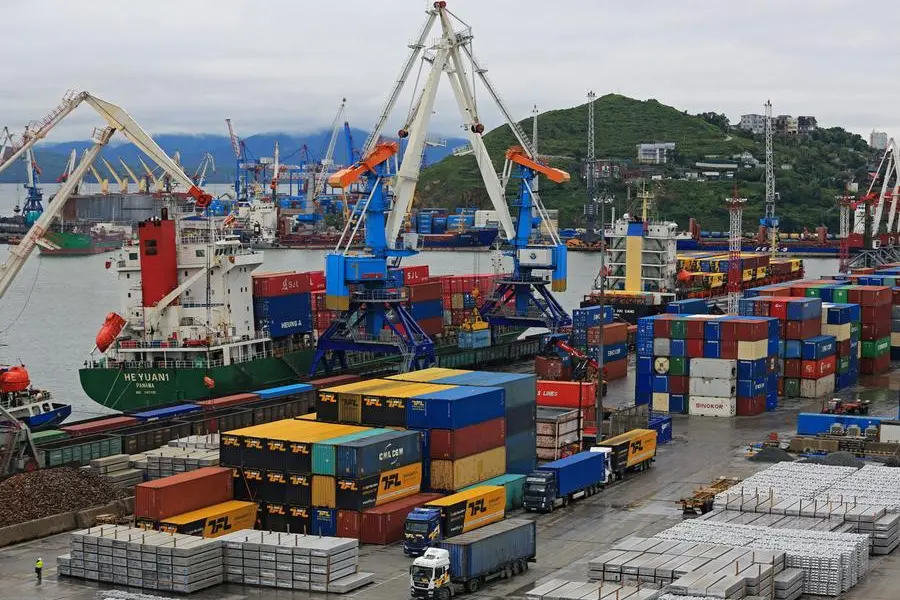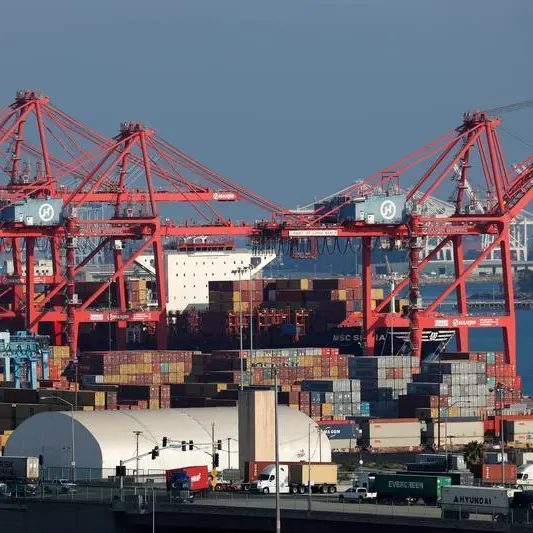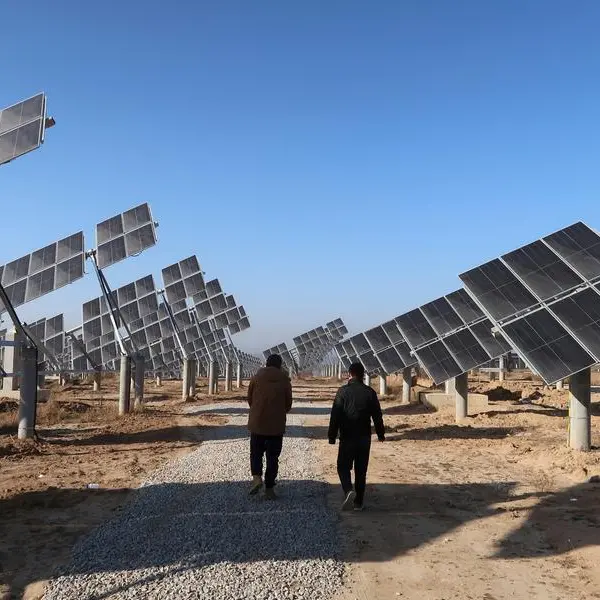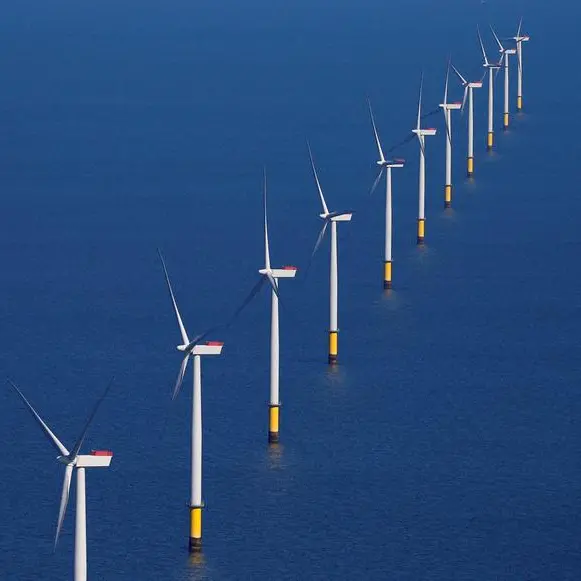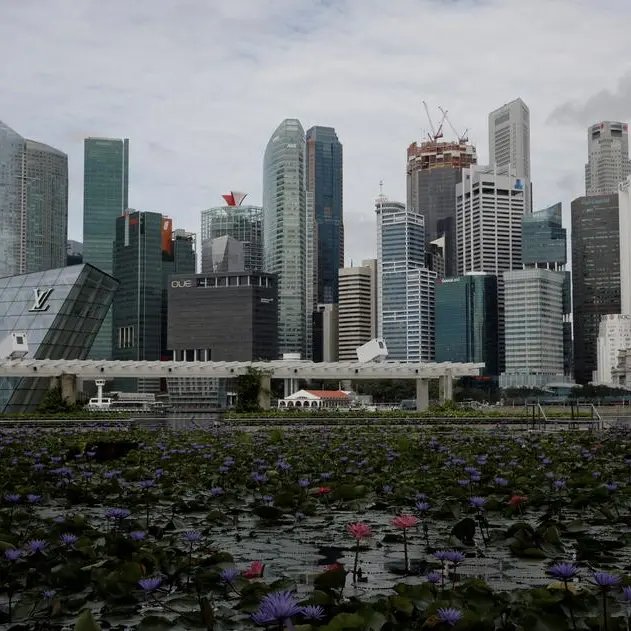PHOTO
DUBAI - As Typhoon Doksuri aimed toward mainland China, major southeast ports were forced to turn away dozens of vessels for days.
The storm, supercharged by the warm July waters of the Pacific, delivered Beijing's worst flooding in more than 50 years, shuttering factories, ruining crops, collapsing homes and displacing tens of thousands of people. China's losses from natural disasters in July and August stood at an estimated $10 billion.
But that official Chinese damage tally reflected only a fraction of the costs wrought by the typhoon. Rebuilding flood-hit areas and climate-proofing infrastructure will cost far more – with China issuing 1 trillion yuan ($139 billion) of sovereign bonds to help.
Beyond that amount, Chinese exports and imports were weaker than expected in July, at least in part from the storm, said economist Robin Koepke at the International Monetary Fund.
Such disasters will become more frequent, increasingly testing the world's 1,340 major ports and global shipping routes.
Despite the increasing risk, companies and financial systems remain unprepared for the disruptions to come due to patchy data, short-term pressures and an over-reliance on insurance, more than two dozen sources told Reuters.
Many companies are not reporting the risks and in some cases are not even aware of it, according to data shared exclusively with Reuters by CDP, the world's biggest corporate disclosure platform for environmental issues.
About 80% of the near 5,000 companies to report in 2023 said they were exposed to climate risks, yet only 53% reported physical risks such as typhoons could damage their operations. Even fewer – about 40% – disclosed the potential financial impacts. Countries at this year's U.N. climate conference in Dubai are grappling with an enormous deficit of up to $366 billion per year in how much money is available for adapting to climate change — including climate-proofing infrastructure like ports.
"Physical climate and natural hazard risks have barely been factored into financial markets," said Rowan Douglas, CEO, Climate Risk and Resilience at insurance broker Howden.
"But it is critical that they are — and fast," Douglas said.
SUPPLY CHAIN STRAIN
In the case of Doksuri, the damage wouldn't have been limited to China, the IMF's Koepke said.
Those port disruptions would have cascaded further to affect trading partners as far as Malta, in the Mediterranean, and Djibouti, the East African coastal gateway to landlocked Ethiopia.
As the front doors to the global economy, ports are especially vulnerable - handling about 50% of global trade while being exposed to worsening storms and rising seas.
Extreme weather is already costing more than $7.5 billion a year in port infrastructure damage and lost revenues, according to risk analysis researcher Jasper Verschuur at Oxford University. When factoring for the hits to global trade, the damage estimate shoots up to just over $100 billion a year.
The same weather, seen even more broadly, is risking at least $120 billion per year in global economic activity, as those cargo disruptions ripple out to affect manufacturing and export activities.
To help governments and companies prepare for these hits, a team from the IMF and Oxford last month launched a storm monitoring system called PortWatch - offering real-time warnings and analysis of the possible economic consequences, including to downstream countries in disrupted supply chains.
"It doesn't behoove anyone to disclose those risks," said Alexander Martonik, who heads the business solutions team for financial services and insurance at ESRI, which provided the satellite and data mapping technology that underpins PortWatch.
Alerts to potential disruption can let manufacturers plan for delayed shipments or help to calm jittery financial markets.
But "when everyone has the same information, there's more transparency, it's more proactive investments that can help overall minimize disruptions before they occur," Martonik said.
For water-related risks to infrastructure companies, including port managers, 55% said they were vulnerable but only 45% reported on those risks this year - and just 33% provided financial impact estimates, the CDP data show.
FINANCIAL BLIND SPOT
In coming years, the financial pressure on companies, and by extension the world's economy, will only become more acute.
Data from analysis firm Sustainalytics shared exclusively with Reuters looked at the potential cost to companies in different sectors based on two climate scenarios: capping global warming at 2 degrees Celsius or maintaining business as usual.
Direct cumulative losses due to physical climate risks would average $285 million per company by 2050 even in the more benign scenario, while the higher emissions scenario would see this rise to $352 million, the data show.
Within sectors, the impact varied: energy companies, for example, could each expect an average hit of $1.3 billion to $1.6 billion from damaged assets, with utilities at $931 million to $1.2 billion.
For the entire energy sector, those losses through 2050 would tally to $423 billion in the worst-case scenario. All sectors combined are looking at losing nearly $2 trillion, the data show.
The likeliest cause of damage? In all sectors, flooding and coastal inundation pose the biggest threats, as many companies have operations centered around coastal cities and ports.
"I don't think that financial institutions are doing a good job in understanding the risks," said Ommid Saberi, who heads the building resilience index at the World Bank's private finance arm, the International Finance Corporation (IFC).
There is "a level of due diligence happening" on direct investments, but it is based largely on historical conditions and not on the projections of how climate change will play out, Saberi said.
NOT SO INSURED
Months after Typhoon Doksuri tore across China, one Chinese television company knew it had a problem.
The company, Beijing Gehua CATV Network Co, flagged to the stock market in October that it had suffered asset losses from the storm that totaled 44.81 million yuan ($6.24 million). Most of those losses came from damage to fixed assets, including fiber optic cables, server room equipment, office buildings and inventory.
The company's insurance plan only partly covered the losses, Gehua said in October.
The disaster "would have certain impact on the company's 2023 operating results," it said, cautioning investors "to pay attention to investment risks."
Gehua did not reply to Reuters' requests for comment.
Despite the certainty of such examples increasing, business experts warn that many companies do not have plans to climate-proof their business.
Of the world's 2,500 largest companies, 59% do not have a plan for adapting to climate impacts — a statistic that has not changed in three years, according to data from S&P Global Sustainable1 shared with Reuters.
Companies that do have climate adaptation plans don't necessarily have timelines for those plans, even as climate change escalates, the data show.
That leaves them overly reliant on insurance, experts said - a problem as some insurance carriers begin to balk at climate-risky regions, for example home insurance near California's fire-prone forests.
"The insurance bodies always have a horizon interest of one year, so they insure the properties always one year, one year, one year," the IFC's Saberi said.
That quick-turn timeline can present a conflict for companies and banks that broker longer-term loans. "The financial institutions provide financing for five years, 10 years, 20 years, 30 years," Saberi said.
___ For daily comprehensive coverage on COP28 in your inbox, sign up for the Reuters Sustainable Switch newsletter here. ($1 = 7.1786 Chinese yuan renminbi)
(Reporting by Katy Daigle and Simon Jessop; Additional reporting Yiming Shen in Shanghai and Ryan Woo in Beijing; Data graphics by Prinz Magtulis in New York; Editing by Lisa Shumaker)
